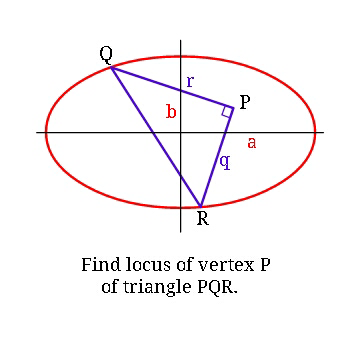
AllQuestion and Answers: Page 1703
Question Number 37906 Answers: 1 Comments: 0

Question Number 37902 Answers: 2 Comments: 1
Question Number 37901 Answers: 0 Comments: 1
Question Number 37898 Answers: 1 Comments: 1
Question Number 37896 Answers: 2 Comments: 1
Question Number 37895 Answers: 1 Comments: 0
Question Number 37894 Answers: 0 Comments: 0
Question Number 37893 Answers: 1 Comments: 1
$${calculate}\:\:\int_{\mathrm{0}} ^{\mathrm{1}} \sqrt{{x}+\sqrt{{x}+\mathrm{1}}}\:{dx}\:. \\ $$
Question Number 37892 Answers: 0 Comments: 3
Question Number 37891 Answers: 0 Comments: 1
Question Number 37890 Answers: 0 Comments: 2
Question Number 37889 Answers: 0 Comments: 0
Question Number 37888 Answers: 1 Comments: 2
Question Number 37887 Answers: 0 Comments: 0
Question Number 37886 Answers: 0 Comments: 0
Question Number 37885 Answers: 0 Comments: 0
Question Number 37884 Answers: 0 Comments: 1
Question Number 37871 Answers: 0 Comments: 2
Question Number 37864 Answers: 2 Comments: 0
Question Number 37862 Answers: 1 Comments: 7

Question Number 37861 Answers: 0 Comments: 1
Question Number 37860 Answers: 1 Comments: 0
Question Number 37859 Answers: 0 Comments: 1
Question Number 37845 Answers: 0 Comments: 0

Question Number 37840 Answers: 1 Comments: 0
Question Number 37838 Answers: 0 Comments: 5
Pg 1698 Pg 1699 Pg 1700 Pg 1701 Pg 1702 Pg 1703 Pg 1704 Pg 1705 Pg 1706 Pg 1707
